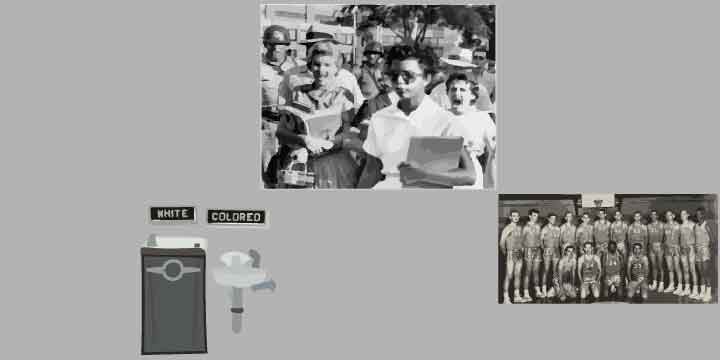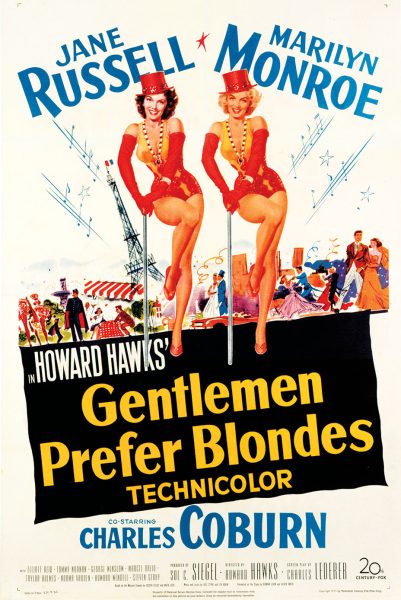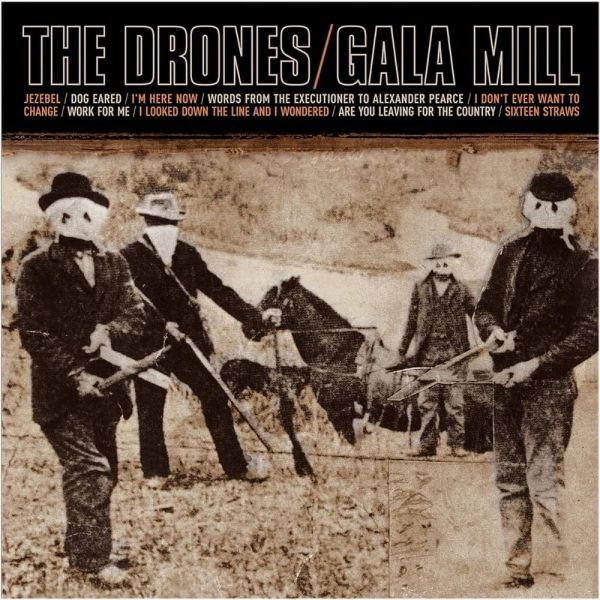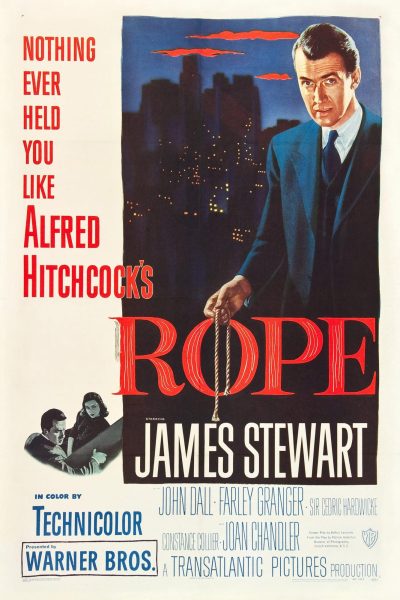de jure Segregation
De jure segregation is defined as legalized segregation of Black and White individuals. This was enforced during the Jim Crow era where public spaces, such as restaurants, schools, public transportation and healthcare, were considered “seperate but equal.”
Plessy v. Ferguson
Plessy v. Ferguson (1896) was a landmark Supreme Court decision about the constituitionality of segregation that established “seperate but equal” public facilities as permissible under law. Seperate but equal means that public facilities can be segregated so long as they are equal in quality. Homer Plessy was a light-skinned black man from New Orleans who chose to sit in the “whites only” railroad car despite the Separate Car Act passed in 1890. He told the railroad porter that he was Black and refused to move. After his refusal, Plessy was arrested and tried. His case went to the Supreme Court, which resulted in a 7-1 decision decided against him.
While many people think of segregation as a Southern phenomenon that occured in the former Confederacy, the truth is more complicated. From 1896 to 1954, segregation was constitutionally permissable in the entire United States, but different states implemented different policies to keep blacks and whites seperate. The University of Wisconsin-Platteville has never had a formal policy that barred black students from attending, but the legacy of segregation still influenced our campus. The first known black students to attend the university were Gerald Hickman and Clyde Wells, though they were not the first to apply.
De jure segregations ended with the Brown v. Board of Education decision, but it was still half a decade before black students began to enroll.
The first appearance of black students in the Pioneer Yearbook occured in 1960 when Gerald Hickman and Clyde Wells appeared in the photograph of the men’s basketball team.















